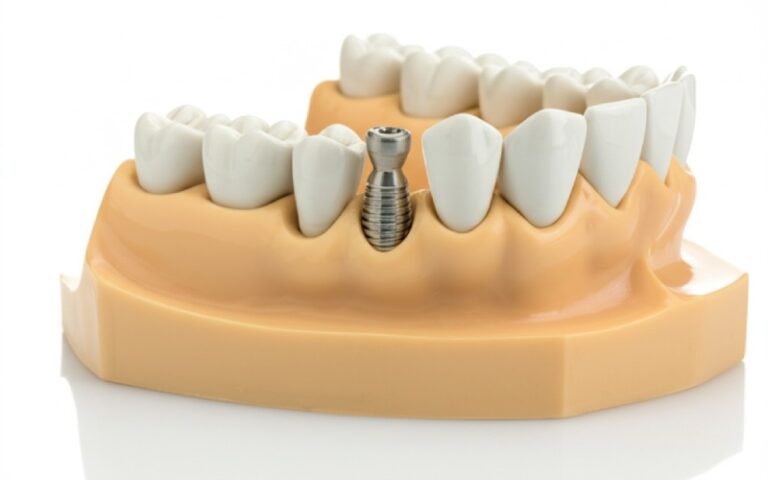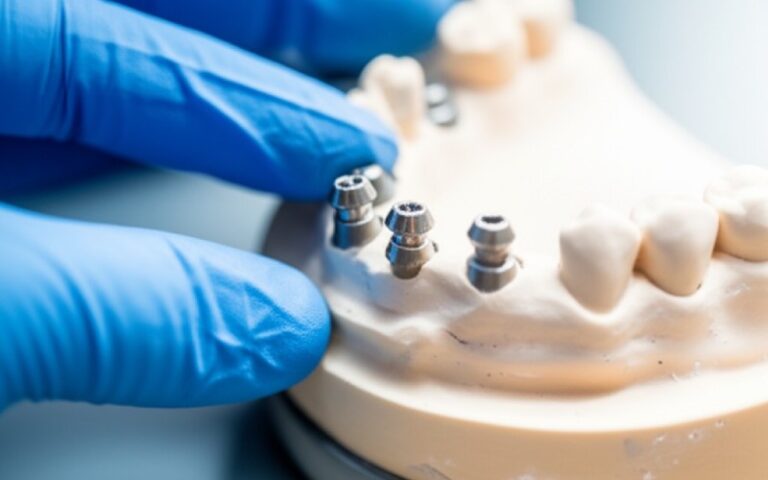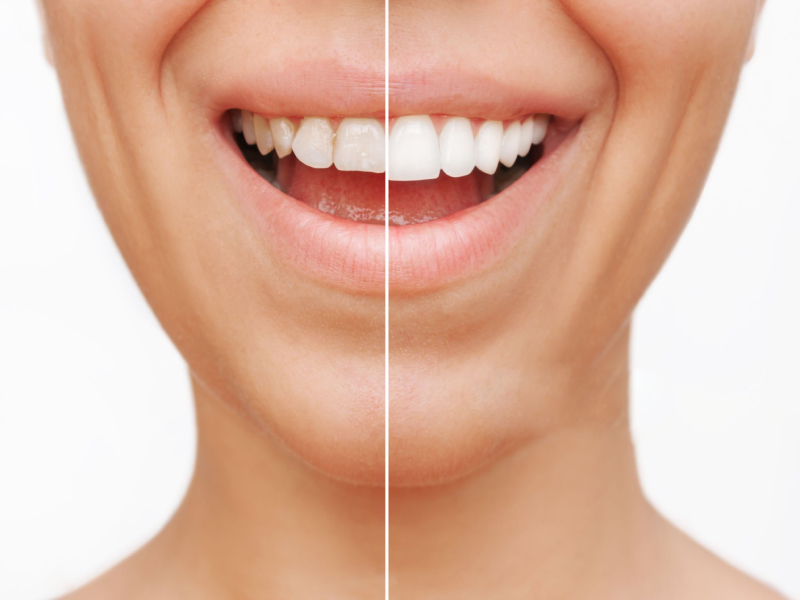
Dental Veneer Smile Makeover: A Step-by-Step Guide to the Veneer Procedure
The first time you really thought about getting a dental veneer, you might have had a lot of questions. What is the veneer procedure really like? Does it hurt? How long will it take? If you have these same questions, you are in the right place. I’m here to walk you through everything. We will cover what to expect before, during, and after you get your new smile. This is your step-by-step guide to a beautiful dental veneer. I want to help you feel confident and excited about transforming your smile.
Table des matières
What Exactly Is a Dental Veneer?
Let’s start with the basics. A dental veneer is a very thin shell. It is made to fit perfectly over the front of your tooth. Think of it like a new face for your tooth. A veneer is a popular choice in cosmetic dentistry. It can fix many small problems. For example, a veneer can cover a stain that won’t go away. It can fix a small chip or crack. It can even close small gaps between teeth. A porcelain veneer is made from a strong, tooth-colored material. It looks very natural.
There are two main types of veneer. The most common is the porcelain veneer. These are known for their strength and beauty. They are also stain-resistant, which is a big plus. The other type is made of composite resin. This type of veneer is often a bit cheaper. Your dentist can help you choose the best type of veneer for you. The goal is always the same. A veneer is there to cover an imperfection and give you a great-looking smile.
The best thing about a veneer is how it can change your smile with a simple dental treatment. The custom-made shells are bonded to the front surface of your teeth to improve their look. Whether you want to fix discoloration or a small chip, a veneer can work wonders. This cosmetic treatment is a fantastic way to get that radiant smile you have always wanted. The process to get a veneer is clear and straightforward.
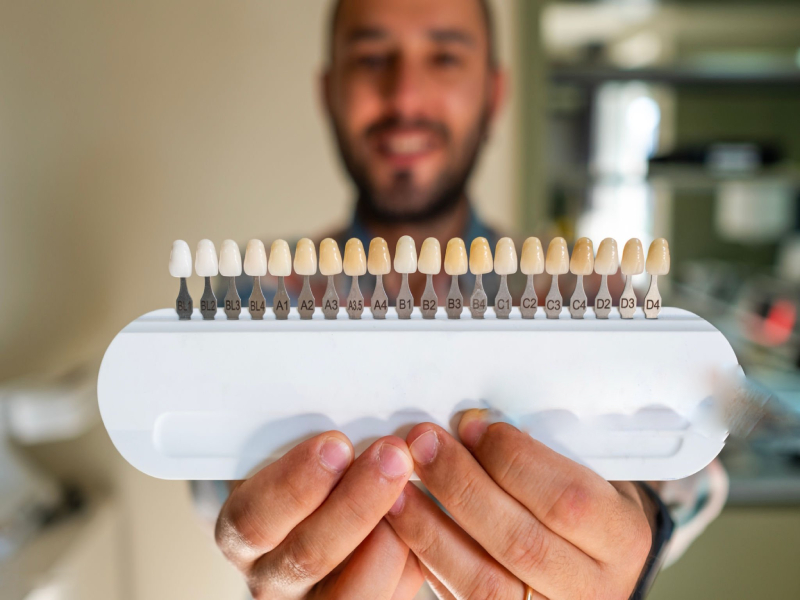
Am I a Good Candidate for a Porcelain Veneer?
This is a very important question. Not everyone is a good fit for a porcelain veneer. The first thing your dentist will check is your oral health. To get a veneer, you need to have healthy teeth and gums. This means you should not have big problems like decay or gum disease. If you have cavities or gum disease, your dentist will need to treat those oral health issues first. A healthy mouth is the foundation for any good cosmetic work.
Your dentist will also look at the condition of your tooth enamel. A veneer needs a strong tooth to bond to. If your enamel is very thin or weak, a veneer might not be the best choice. Also, if you grind your teeth a lot, your dentist may suggest a different option. Grinding can put too much pressure on a delicate porcelain veneer and cause it to chip. It is all about making sure the veneer will be safe and long-lasting for you.
During your consultation, your dentist will look at your overall dental health. The goal is to make sure your new veneer will last a long time. They will check your gum line and make sure everything is healthy. The healthier your smile is to start with, the better the results will be. Getting a porcelain veneer is an investment in your smile, so you want to start on the right foot.
What Happens During the First Dental Consultation?
The first step is always the initial consultation with your dentist. This visit is all about talking and planning. This is your chance to talk about your dream dream smile. Your dentist will want to know exactly what you are looking for.
During this consultation, the dentist will do a full check-up of your mouth. This often includes taking an x-ray. An x-ray helps the dentist see the health of your tooth and bone. They might also take digital images or photos of your teeth. This helps in planning your smile makeover. Your dentist will look at the shape and color of your natural teeth. This helps them design a veneer that will look perfect and blend in seamlessly.
Based on this first meeting, your dentist will create a personalized treatment plan. They will explain the whole process to you. They will talk about how many visits it will take and what will happen at each one. This consultation is key to making sure you and your dentist are on the same page. You should leave this appointment feeling excited and sure about your decision to get a new veneer.
How Does the Dentist Prepare My Tooth for a Veneer?
After your consultation, you will have your first of two visits to get the veneer. This is where the real work begins. To prepare your tooth for the veneer, your dentist needs to remove a very small amount of enamel. Enamel is the hard outer layer of your tooth. The dentist will remove about half a millimeter (0.5 mm) from the front of the tooth. This makes room for the new veneer to sit flat and look natural.
Don’t worry, this part of the process is usually not painful. Your dentist will likely use local anesthesia to numb the area. This means you won’t feel anything. After the thin layer of enamel is removed, the next step is taking impressions of your tooth. The impression is like a mold. It is used to create your permanent veneer so it fits perfectly.
This impression is very important. It will be sent to a laboratoire dentaire. At the dental lab, skilled technicians use the mold to create your custom-made porcelain veneer. They work carefully to match the color and shape to your other teeth. This part of the process can take a week or two. While you wait, your dentist will make sure your prepared tooth is protected.
Why Do I Need Temporary Veneers?
While you wait for your permanent veneers to be made, your prepared tooth needs protection. This is why your dentist will place temporary veneers on your tooth. These are not as strong or as pretty as your final veneer, but they do a very important job. The temporary veneers protect the tooth surface that has had some enamel removed. This helps to reduce sensitivity.
When temporary veneers are placed to protect your teeth, you will need to be a little careful. Your dentist will probably tell you to follow a soft-food diet. This means avoiding hard or sticky foods that could damage or pull off the temporary veneers. It’s a good idea to stay away from things like hard candy, nuts, or very chewy bread. It’s only for a short time.
The temporary veneers also give you a little preview of what your new smile will look like. They help your gum tissue get used to having a veneer there. Think of it as a trial run. When the temporary veneers may be placed, it is a sign that you are one big step closer to your beautiful new porcelain veneer. These temporary protectors are a key part of the veneer process.
What is the Second Visit of the Veneer Procedure Like?
This is the exciting day! This is your follow-up appointment for your final veneer placement. This is usually the second of the two visits. When you arrive, your dentist will start by gently removing the temporary veneers. They will then clean your tooth to get it ready for your new, permanent veneer. This is a big moment in your smile makeover journey.
Next, your dentist will place your new porcelain veneer on your tooth to check the fit and color. They may place it on and take it off a few times to get it just right. They want to make sure it looks perfect. Once you and your dentist are happy with how it looks, it is time to bond the veneer to your tooth. The dentist will use a special strong cement to attach the veneer permanently. A special light is used to harden the cement and lock the veneer in place.
After the veneers are placed, the dentist will clean up any extra cement and make final adjustments. They will check your bite to make sure everything feels comfortable. The whole veneer placement process is careful and detailed. You might need to plan on taking a day off work, though sometimes just a few hours is enough. The day off work may be a good idea so you don’t feel rushed. At the end of this visit, you get to see your new smile for the very first time!
Will My New Smile Feel Different After the Veneer is Placed?
Yes, it is normal for your new veneer to feel a little different at first. This is what we call the adaptation period. Your tongue and lips are used to the old shape of your tooth. Now there is a new, smooth surface there. It might feel a little strange for a few days, but you will get used to it very quickly. Most people don’t even notice it after a day or two.
You might also feel some sensitivity in the tooth after the veneer procedure. This is especially true for hot or cold foods. This happens because a tiny bit of enamel was removed. This sensitivity should go away within a week or two. If you have any discomfort following the procedure, simple over-the-counter pain relievers can help. If the feeling lasts for a long time, you should contact your dentist.
Your dentist will give you aftercare instructions. It’s important to follow them. This post-procedure time is important for letting your gum and tooth settle. Remember that your new porcelain veneer is very strong, but it’s good to be gentle for the first few days. Soon, your new veneer will feel just like one of your natural teeth.
How Do I Care for My New Porcelain Veneers?
Caring for your new porcelain veneer is actually very easy. It is just like caring for your natural teeth. The most important thing you can do is practice good oral hygiene. This means you need to brush twice a day and floss every day. Use a soft toothbrush and a non-abrasive toothpaste. This will help keep your veneer and the gum around it healthy.
A porcelain veneer is very strong and has great durability, but it is not indestructible. It is a good idea to avoid biting down on very hard things. For example, don’t use your veneer to open packages or chew on ice. Just like a real tooth, a veneer can chip if you put too much force on it. Also, while a porcelain veneer is very stain-resistant, it is still smart to be careful. A large intake of coffee, tea, or red wine could potentially stain the edges of the veneer over time.
Regular dental check-ups are also key. Visiting your dentist every six months allows them to check on your veneer and your overall oral health. They can professionally clean the veneer and make sure everything is in great shape. Good dental care will ensure that your veneer lasts for a very long time, keeping your smile bright and beautiful.
How Long Does a Dental Veneer Last?
When you get a dental veneer, you are making an investment in your smile. So, it is natural to wonder how long it will last. With good care, a porcelain veneer is very long-lasting. On average, a porcelain veneer can last for 10 to 15 years, and sometimes even longer. The advanced technology used to make a modern porcelain veneer makes it very strong.
The life of your veneer depends a lot on you. If you take great care of it by brushing and flossing, and you see your dentist for regular check-ups, it will last longer. Avoiding bad habits like biting your nails or grinding your teeth will also help protect your veneer. The durability of a porcelain veneer is one of its biggest benefits. It is a restorative solution that offers great aesthetics for many years.
Of course, nothing lasts forever. If your veneer does get a chip or comes loose, you should contact your dentist. In many cases, it can be repaired or replaced. But for the most part, you can expect to enjoy your beautiful new veneer for over a decade. It is a wonderful and lasting way to improve your smile.
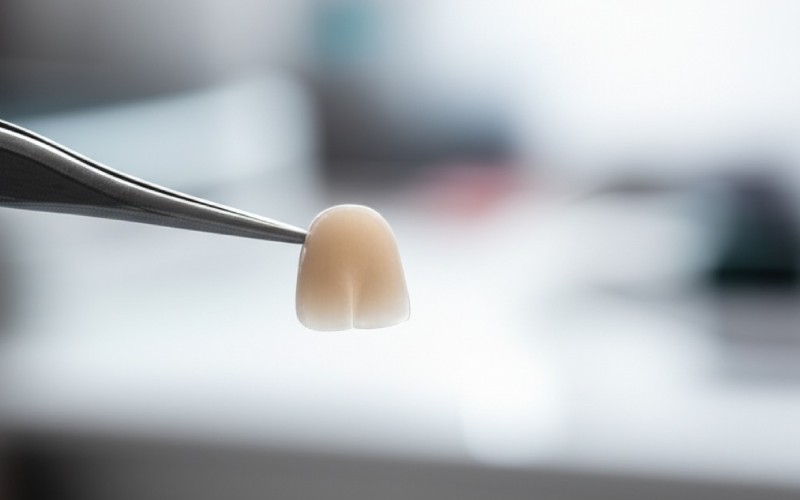
Are You Ready to Take the First Step Toward Your Dream Smile?
We have talked about the whole veneer process, from the first thought to the final, beautiful result. You now know what a veneer is, who can get one, and what the two visits to the cosmetic dentist are like. I hope this step-by-step guide has answered your questions and made you feel more comfortable. Getting a porcelain veneer can be an amazing, life-changing experience. It’s a minimally invasive way to get a huge boost in confidence.
If you have been thinking about improving your smile with porcelain, now you know what to expect. The first step toward your new smile is simple. All you have to do is schedule a consultation with a dentist who specializes in cosmetic dentistry. They can talk to you about your own teeth to improve and see if a veneer is right for you.
So, what are you waiting for? I encourage you to take the first step. That first phone call can start you on the journey to the smile you have always wanted. A veneer can truly transform your smile and how you feel about yourself. You deserve to feel great when you look in the mirror.
Things to Remember:
- A dental veneer is a thin shell that covers the front of a tooth to fix issues like a stain or a chip.
- Your journey starts with a consultation where you and your dentist plan your new smile.
- The process usually takes two visits: one to prepare the tooth and take an impression, and a second to place the permanent veneer.
- You will wear temporary veneers for a week or two to protect your tooth while your permanent set is made in a dental lab.
- Caring for your new veneer is easy: brush and floss just like you do for your natural teeth.
- A porcelain veneer is very strong and can last for 10-15 years or more with good dental care.

